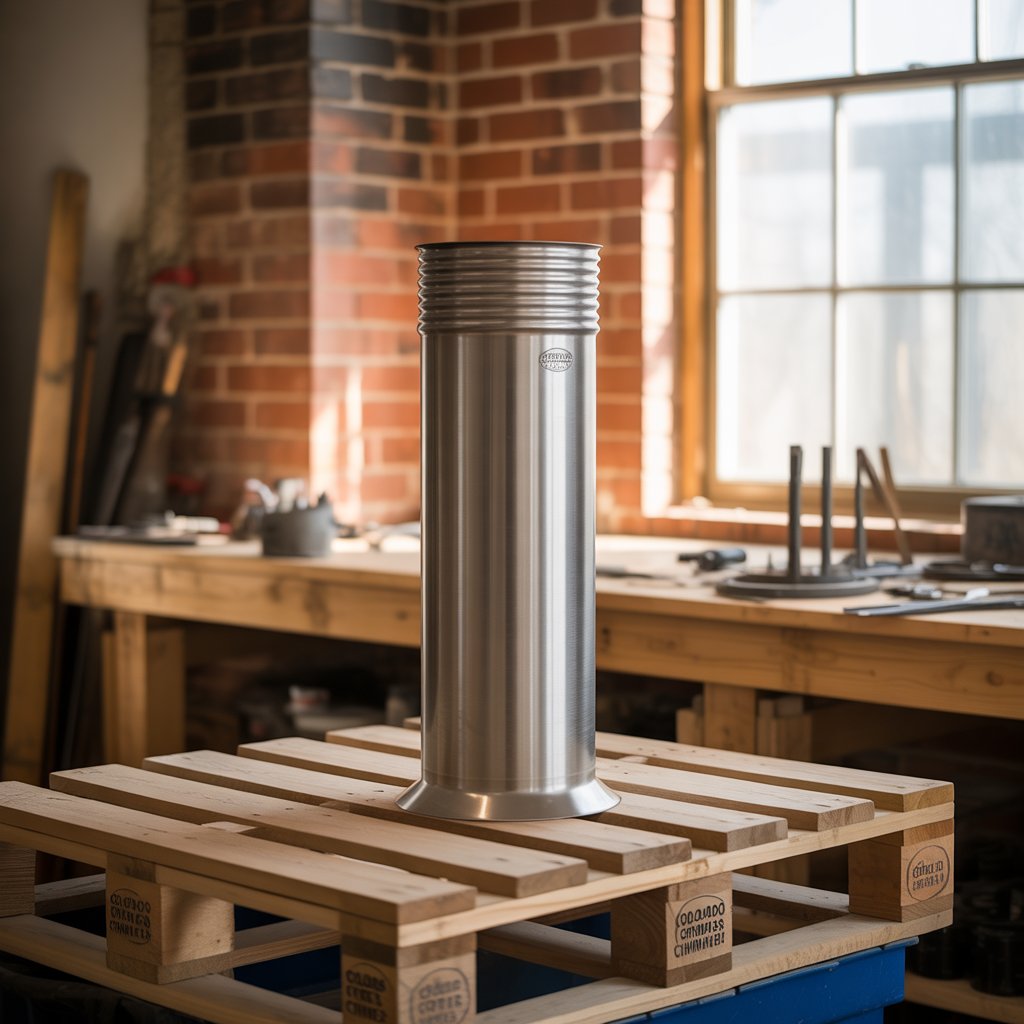Let’s be real—how often do you think about your chimney liner? Probably never, right? And that’s totally normal. It’s out of sight, and let’s face it, not the most exciting thing in your home. But that simple-looking liner inside your chimney does more than you realize. It protects your house from potential fires, keeps smoke going where it should, and helps your fireplace or heating system run safely. Now, the real question is: how do you know when this “silent protector” is no longer doing its job? What signs should you look for? Let’s break it down in simple, everyday language. No complicated terms—just useful stuff to help you spot chimney liner damage before it causes a bigger problem.
1. Smoke Inside the House? Don’t Ignore It
If you light a fire and suddenly your living room starts smelling like a campfire—or worse, looks like one—you might have a liner issue. A damaged chimney liner can let smoke leak into your home instead of guiding it safely outside. This is especially dangerous if you’re using a gas appliance, because it could mean carbon monoxide is sneaking in. Also, if smoke backs up every time you use your fireplace or stove, it’s your chimney’s way of waving a red flag. Don’t just crack a window and carry on. It’s time to get it checked.
2. Strange Smells or Sounds from the Fireplace
A healthy chimney system shouldn’t smell weird or make odd noises. If you notice any of these signs, take note:
-
Sharp, sour odors: This could be creosote building up due to poor venting, often caused by liner issues.
-
A constant musty or smoky smell: Could mean moisture is getting in, which can happen if the liner is cracked or rusted.
-
Rustling or banging: You might have broken pieces of liner falling or animals moving around where they shouldn’t.
You don’t need to be a chimney expert to trust your nose (or your ears). If something smells or sounds off, it probably is.
3. Visible Cracks, Chips, or Flakes Around the Chimney
If you’re cleaning the fireplace and notice odd flakes or pieces of tile, clay, or metal lying at the bottom—those might be from the chimney liner itself. This is one of the clearest signs that your liner is breaking down. Some liners are made from clay tiles, and these can crack with age or heat stress. Others are stainless steel, which can corrode over time if water gets in. Either way, finding these bits means the liner is no longer sealed, and that’s not good.
Here’s a quick table to help you compare warning signs:
| Symptom | What It Could Mean |
|---|---|
| Smoke entering the room | Liner cracks or blockages |
| Sour or musty smell | Moisture damage or poor airflow |
| Pieces of clay/metal in firebox | Liner deterioration |
| Cold air from the fireplace | Liner gaps or missing insulation |
| Increased soot buildup | Poor liner draft or damaged inner walls |
4. Your Chimney Seems to Be Working Less Efficiently
Another subtle sign is when your heating just isn’t doing its job the way it used to. Maybe your wood burns too fast. Maybe the room takes forever to warm up. Maybe your fire keeps going out, even with good logs. These little things can be tied back to your liner, especially if it’s not pulling air properly due to blockages or cracks. Even your energy bill can go up if your gas fireplace is working overtime to make up for lost efficiency. Again, it’s not about panicking—it’s about paying attention.
A Quote to Remember
“A damaged chimney liner is like a broken seatbelt—you may not notice until you really need it.”
Why This Matters More Than You Think
Your chimney liner isn’t just a random part of your fireplace—it’s a safety feature. Think of it like the armor your home wears every time you use fire or heat. If that armor has cracks, it’s not protecting you anymore. And in Colorado Springs, where fireplaces and wood stoves are part of everyday life, keeping your liner in shape isn’t just a good idea—it’s essential.
FAQs About Chimney Liner Damage
Q1: Can I check the chimney liner myself?
A: You can look for visible signs (like pieces of tile or strange smells), but to really know the condition of the liner, it’s best to get a professional inspection with a chimney camera.
Q2: How often should I get it inspected?
A: Once a year is ideal, even if you don’t use your fireplace that often. Regular inspections help catch small issues before they turn serious.
Q3: Does replacing a liner take a long time?
A: Usually, no. Most replacements can be done in a day or two depending on the size of the chimney and the type of liner needed.
Q4: Is it expensive to replace a chimney liner?
A: It depends on the type of liner (clay, stainless steel, cast-in-place) and the condition of the chimney, but think of it as a one-time investment in your home’s safety.
Conclusion: Know the Signs, Stay Safe
At the end of the day, your chimney liner does a big job quietly—and when it’s damaged, it can cause real trouble. Smoke in the house, strange smells, visible debris, or even poor heating performance can all be signs it’s time to take action. Don’t wait for something to go seriously wrong. If you live in the area and want a professional, trustworthy opinion, reach out to Colorado Springs Chimney Liner. We’ll check things out and make sure your chimney is as safe and strong as it should be.
Read More: Colorado Springs Chimney Sweep

